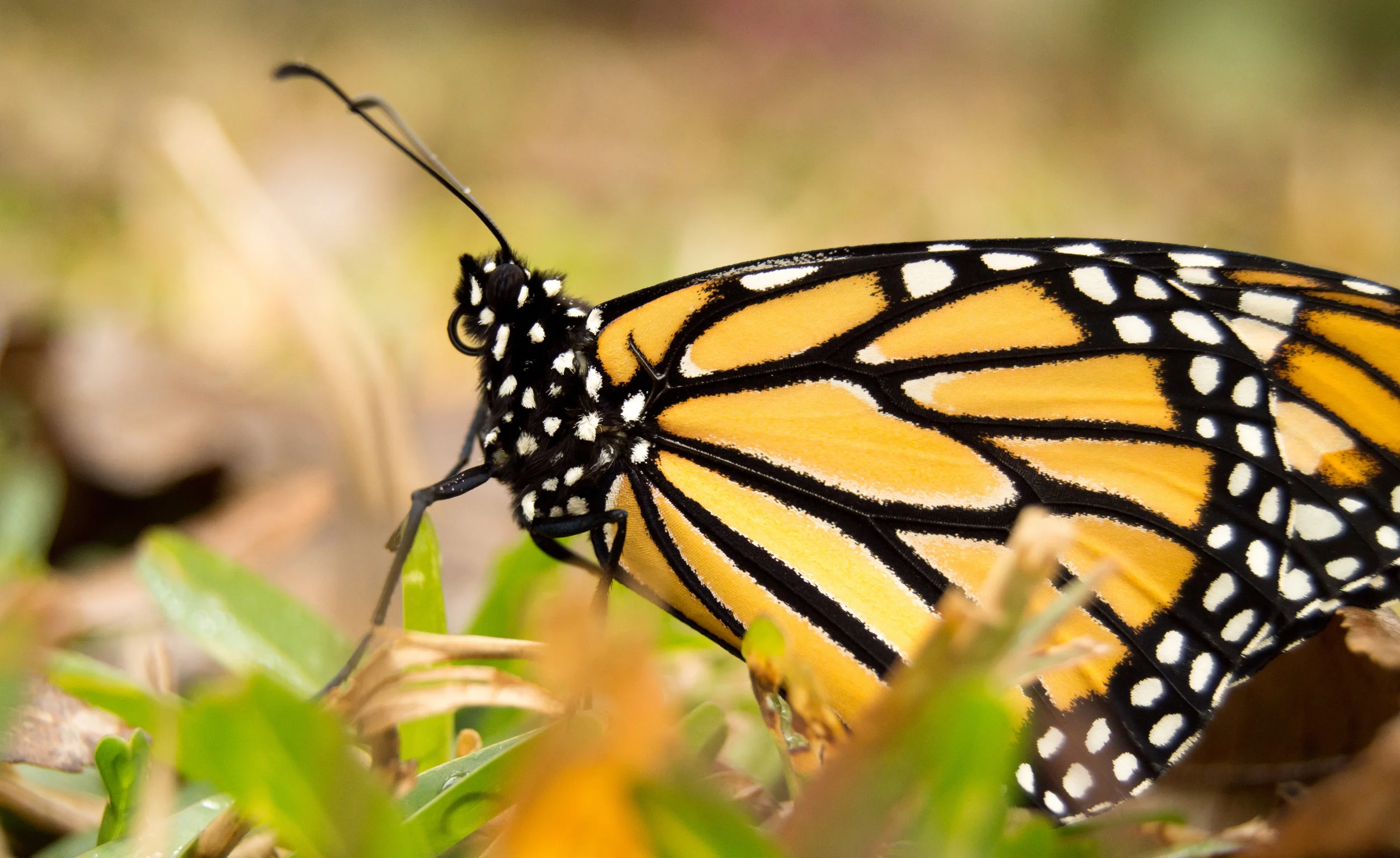Yellow, yellow, yellow; How leaves turn color in the fall
/Yellow, yellow, yellow I lie here thinking of you:—
the stain of love
is upon the world!
Yellow, yellow, yellow
it eats into the leaves,
smears with saffron
the horned branches...
William Carlos William published this poem, “Love Song,” in 1916 and it has been re-written every year on the trees in autumn. Ten years ago, when I moved to the midwest from the ever-present sunshine of southern California, I was stunned by this slow firework show in the trees. “How do they all get the memo at the same time?” I asked my midwestern friends. “How do the leaves know to change color and fall of the tree?”
It turns out it is not one thing that causes the leaves to change color and fall; there are a myriad of factors that contribute to bold autumn coloring of the tree line. As winter approaches, our nights grow longer and our days grow shorter. In response to the decreasing sunlight, trees produce a decreasing amount of chlorophyll—the green pigment and chemical in the leaves that is necessary to turn sun into sugar for the tree. As the chlorophyll decreases the carotenoids--the pigment in corn, carrots and buttercups--are able to show through. Carotenoids are always present in a leaf, but they must wait until chlorophyll production decreases to show their colors.
In addition to the decreasing amount of chlorophyll, the leaf will shut down its circulation by building up a cell barrier at the base of each leaf. The sugars that get trapped in the leaf stimulate the production of anthocyanins—the red pigment that appears in cranberries, strawberries, and plums. When the circulation between leaf and tree is completely shut down, the leaf is ready to fall. Fall temperatures and moisture in the soil can affect how showy or muted the autumn colors appear from year to year.
In the way that golden red mix in the maple trees along Indian Point Road is a signal for us to unpack autumnal sweaters and winter coats, it is a signal that the trees are preparing for the coming winter.

